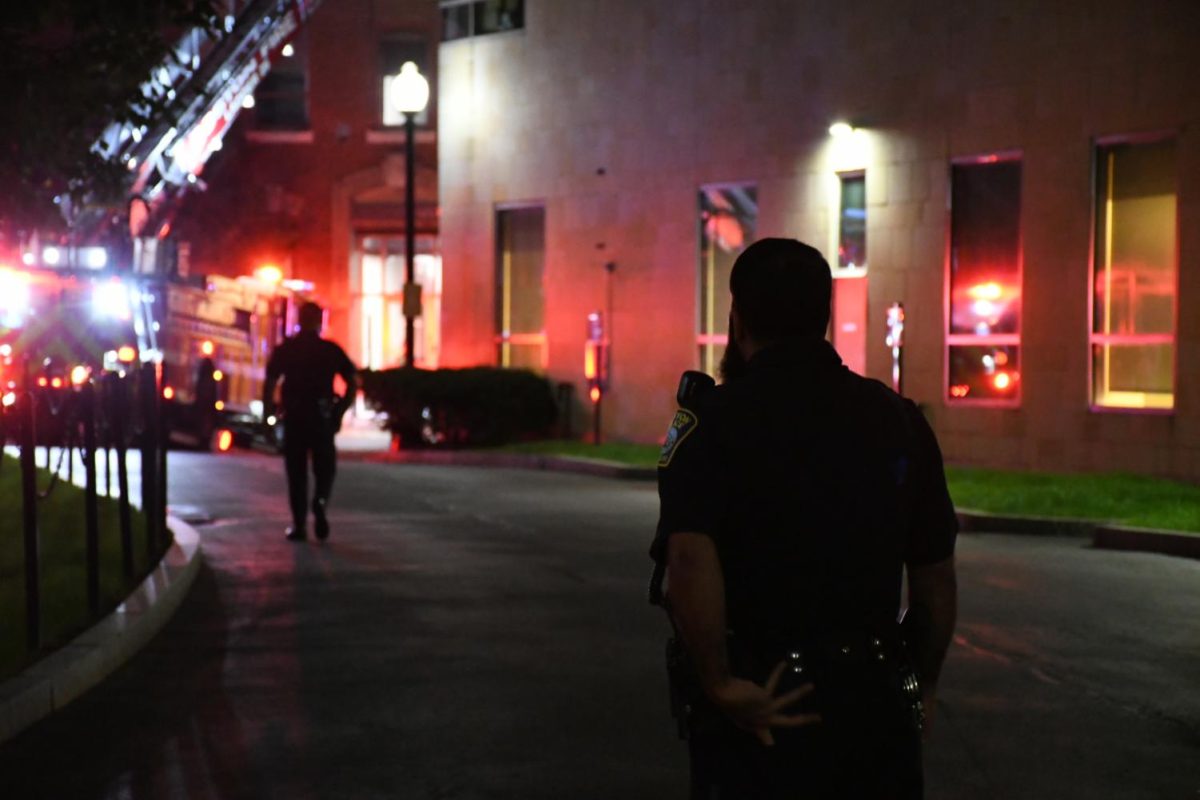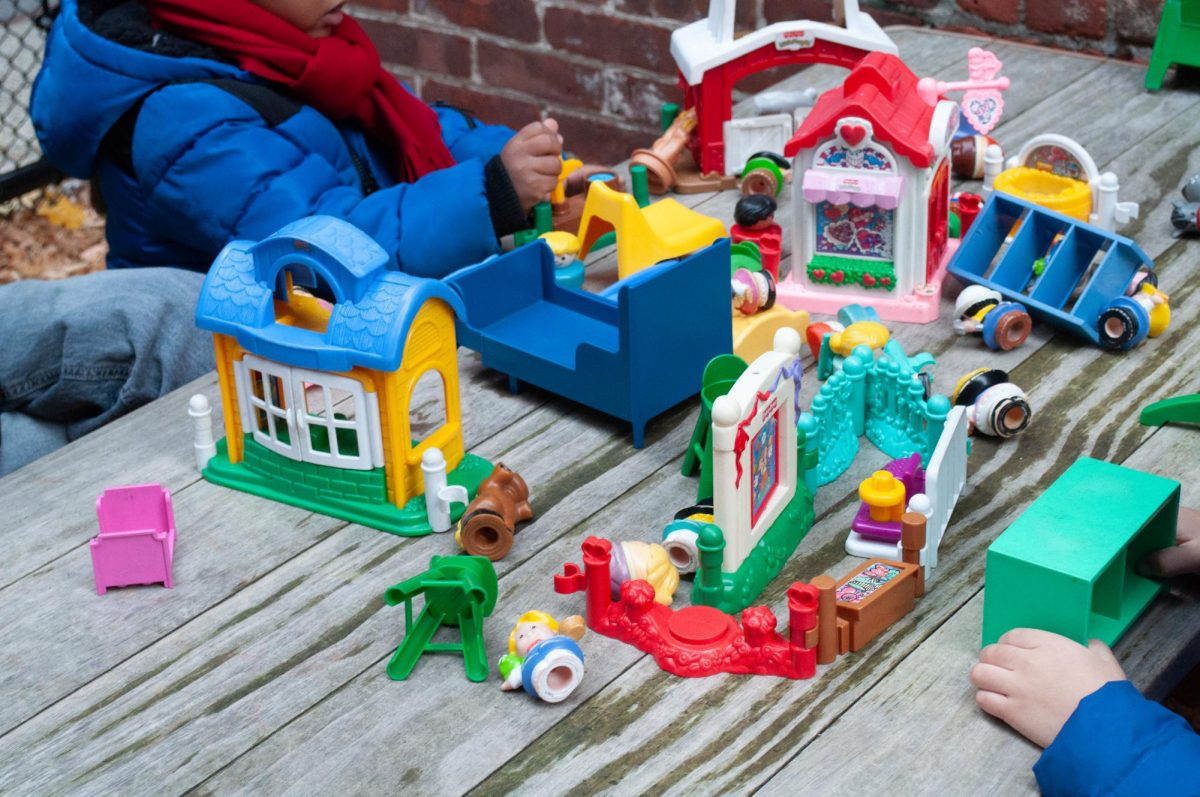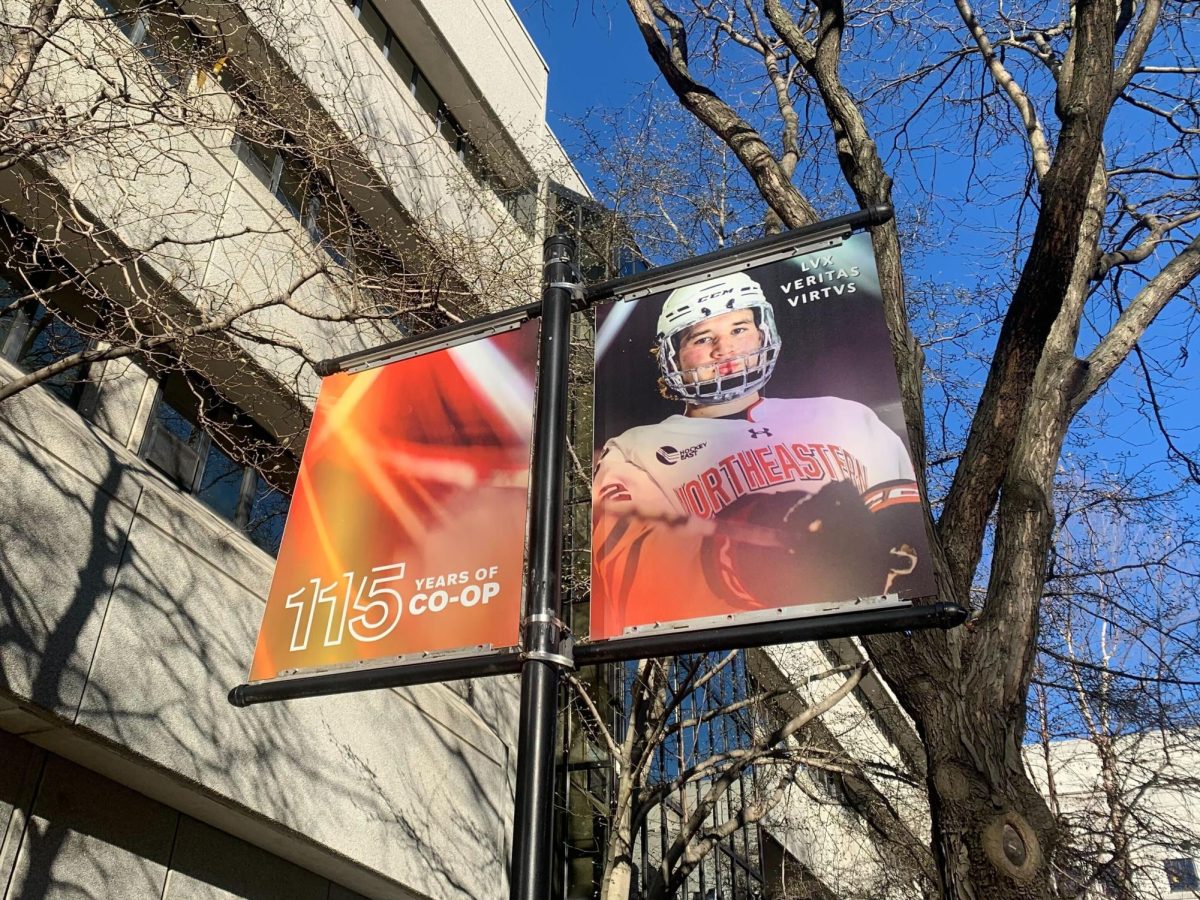By Isaiah Thomas, News Correspondent
During spring break this year, some Northeastern students will work on conservation in the Grand Canyon and the Everglades, with sloths in Costa Rica and with villagers in Ecuador harvesting corn. More than 150 student volunteers, trip leaders and university staff members will participate in such service projects through the Alternative Spring Break (ASB) program.
ASB is a week-long immersion program that allows students to learn about and address social issues affecting different communities by providing service to them. The service often involves environmental conservation efforts, animal sanctuaries or community outreach projects. Locations this year include 10 states and five countries in Latin and South America.
The Mountaintop Removal Roadshow trip to Harlan, Kentucky will involve environmental service, like reforestation, and service in the community, including weatherizing low-income housing.
“I chose this trip because I liked that we wouldn’t be doing only community service, but also learning about the area, the culture, and the history,” Kris Weber, a freshman behavioral neuroscience major and student volunteer, said. “We would be going on hikes, going to museums, watching some documentaries and listening to speakers to learn how the community has been affected by mountaintop mining.”
Peaceable Kingdom in Killeen, Texas is a camp program that provides opportunities to children with special needs or chronic illnesses for social development and a chance to experience the outdoors.
Ana Laura Soto Viquez, an education and psychology double major and trip leader, said she is excited to work with children through this community partner.
“That’s the magic of the place,” Viquez said. “They accommodate so they can help the kids believe they can do whatever they want to do.”
The Sloth Sanctuary in Limon, Costa Rica has been one of the most popular ASB trips and Jenna Czeck, a freshman computer engineering major said she is thrilled to work with the organization.
“I think sloths are really cool animals,” Czeck said. “I’m not really an animal person, but I wanted to put myself out there and play with them, try something new.”
However, the service will consist of much more than just playing with the sloths.
“We will be feeding the sloths, cleaning their cages, clearing paths, just helping out around the sanctuary, and we’ll be living there,” Czeck said.
Kristen Doggett, the director of Northeastern Center of Community Service, helps coordinate ASB trips and often attends trips with students. She was part of Northeastern’s first ASB trip in 2003 to Coatesville, Pa. which involved volunteering with Habitat for Humanity.
“At that time we were only prepared to drive somewhere,” Doggett said.
Over the years, the number and variety of the trips has increased, and this trend shows no signs of slowing down. Students pay a program fee to participate, which this year ranges from $990 for trips in the United States to $1,590 or $1,990 for breaks abroad.
Next week, university representatives, including professors, will accompany students on some of the trips to discuss creating discipline-specific trips with community partners, like a biology and pre-medicine project with the Arkansas Children’s Hospital. ASB representatives also hope to set up trips during other times of year like winter or summer break.
“They will be programs that aren’t just alternative spring breaks, but alternative breaks,” Doggett said.
Students participating in ASB trips must also be willing to invest their time long before spring break.
“The students meet regularly and talk about the communities they are going to be serving, what to expect, what to pack, collecting donations for the communities, watching movies or videos from the community program, and learning about the expectations and policies of ASB,” Doggett said.
Despite the time investment and the costs, Doggett said that students are enthusiastic about the trips and continue to come back.
“The students love to serve. They love to go away for a week. They love to travel. They love being put out of their comfort zone. They want to learn new ways to be helpful,” Doggett said. “We have had many students who come back year after year, which speaks volumes … When they think of spring break, they think of Alternative Spring Break. They’ve become addicted to ASB.”








